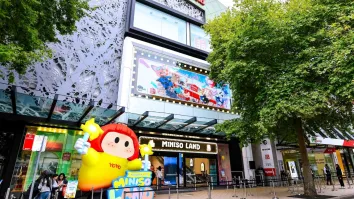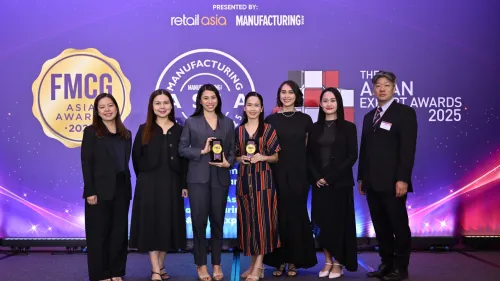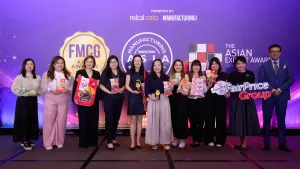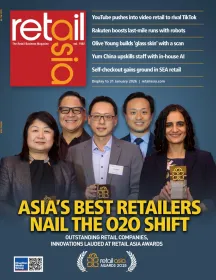
What brands can do to drive growth of snacking in Asia
Packaged food sales in Asia Pacific grew by 2.5% between 2018 and 2023.
As food spending rises across Asia, brands must persuade consumers to prioritise quality and experience, even in a market where trading down to more affordable options is easy.
According to Euromonitor International, food manufacturers and restaurateurs need to show that joy, satisfaction, and premium experiences can be delivered at a reasonable cost to sustain growth amidst fluctuating prices.
Packaged food sales in Asia Pacific grew by 2.5% between 2018 and 2023 and are expected to reach a 2.6% compound annual growth rate (CAGR) between 2023 and 2028.
The report noted that brands must clearly demonstrate the value of their products, whether by enhancing daily routines or making impulse buys more rewarding.
A key aspect of snacking in Asia is the preference for smaller pack sizes. Currently, 74% of chocolate tablets in Asia Pacific are under 50 grams per pack, compared to just 16% in Western Europe.
“This not only allows for lower prices but also accounts for the developing tastes of consumers who might not be used to the richer mouthfeel of certain snacks and flavours such as chocolate,” the report said.
It added that this preference gives brands an opportunity to introduce more value-added products whilst keeping prices accessible in a market where consumer spending is cautious.
China dominates the regional snack market, projected to account for 48% of total snack sales in Asia in 2024. However, growth is expected to plateau, with only a 1% retail value CAGR through 2029 due to conservative spending.
Meanwhile, Thailand and the Philippines are key growth markets, with retail value CAGRs of 7% and 5%, respectively.
In China, brands are succeeding by targeting specific consumer behaviors, such as Mars with its RESPAWN gum brand, designed for gaming occasions. With Asians accounting for a significant share of global mobile and online game sales, this strategy taps into a relevant snacking opportunity that could be replicated in other emerging markets.
To thrive, brands are urged to add value to their products by aligning them with key consumption occasions, whether driven by health benefits or emotional triggers like indulgence. Recent product launches in Asia Pacific have increasingly targeted niche consumption occasions and specific consumer segments. Brands should focus on enhancing daily snacking routines, exploring untapped times of day, and utilising digital engagement tools to drive impulse purchases.

















 Advertise
Advertise






